Volunteer vs. Career Fire Department Equipment Needs: What’s Different?
Every fire department shares the same mission: protect lives and property. But when it comes to equipment needs, volunteer fire departments and large career (municipal) departments often face very different realities.
Budgets, staffing levels, call volume, and training opportunities all shape purchasing priorities. At FirePenny, we work with both small volunteer stations and large city departments—and we’ve seen firsthand how equipment strategies differ. This guide breaks down those differences and offers practical recommendations for both.
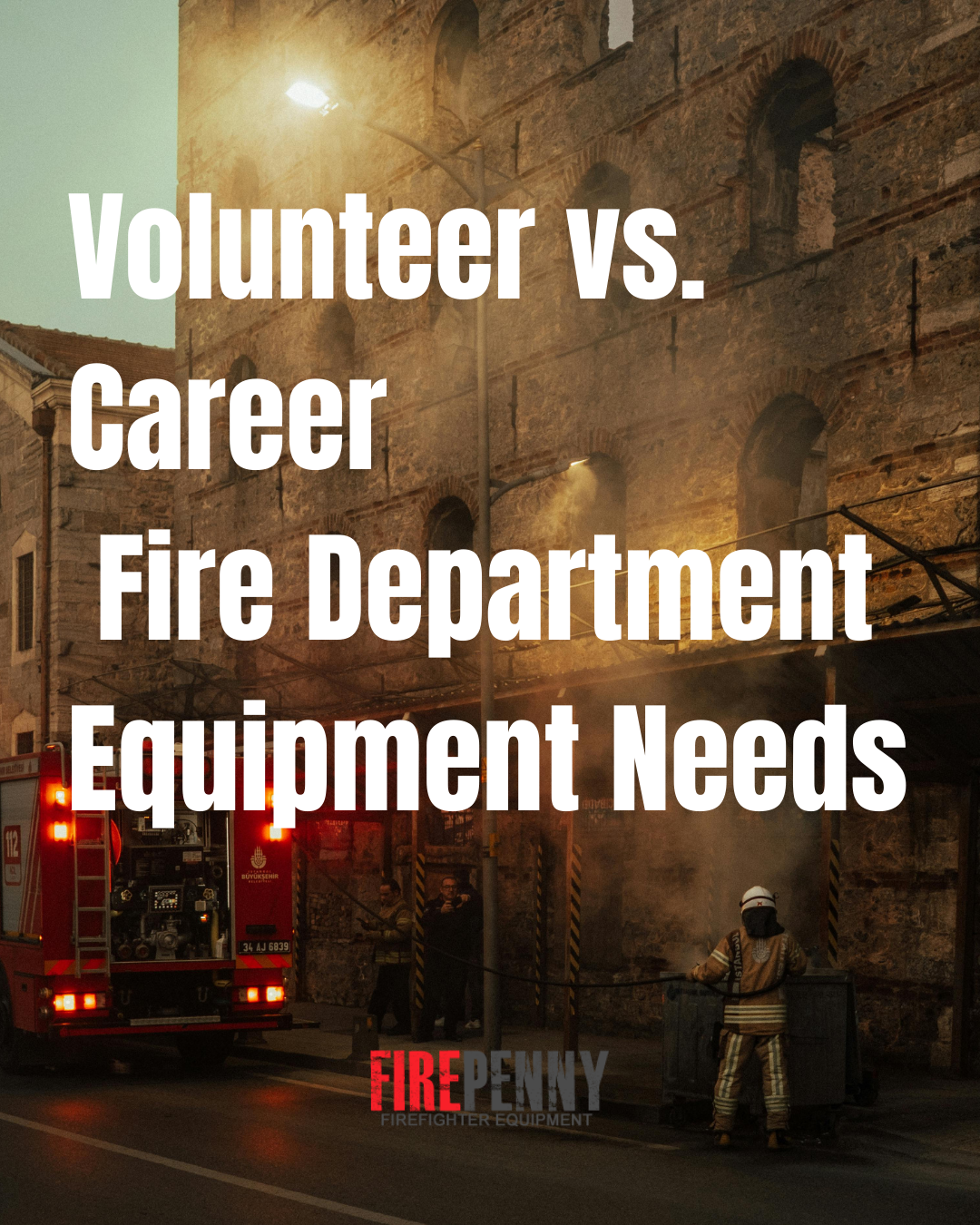
Why Equipment Needs Vary Between Volunteer and Career Departments
- Volunteer Departments often rely on limited tax funding, grants, and fundraising. They need affordable, multi-purpose gear that maximizes value and durability.
- Career Departments typically have larger budgets and higher call volumes. They purchase higher quantities of gear, more advanced technology, and replace equipment on shorter cycles.
- Both models share the same safety standards—NFPA compliance is required across the board—but the purchasing approach often looks very different.
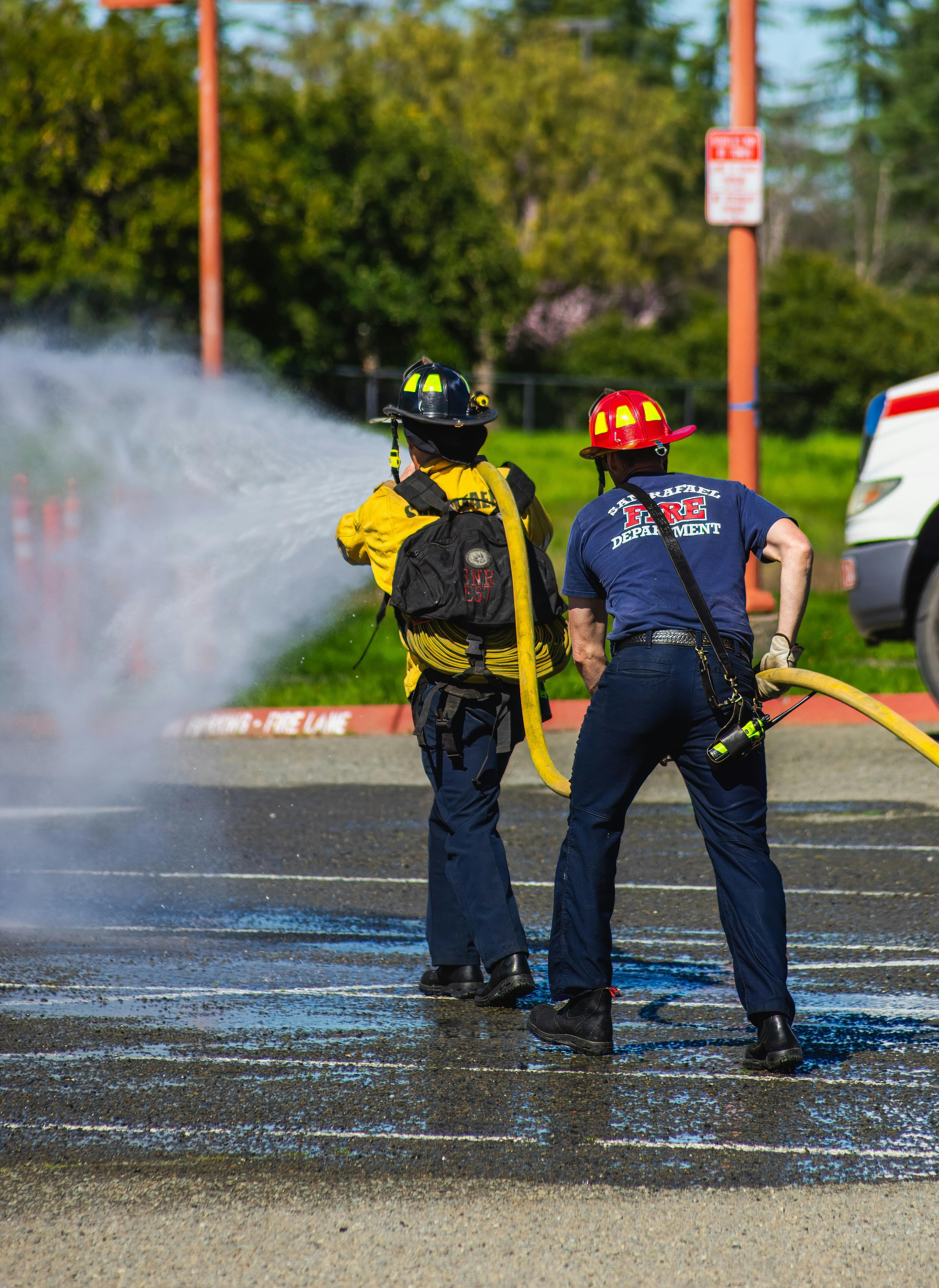
PPE: The Universal Priority
Regardless of size or budget, Personal Protective Equipment (PPE) is always the first priority.
- Volunteer Departments: May purchase turnout gear on a slower rotation, prioritizing new sets for active members first. Shared gear may still be common, although not ideal.
- Career Departments: Replace PPE more frequently (every 10 years or less) and often issue each firefighter a personal set of turnout gear, helmet, boots, and gloves.
Budget Tip for Volunteers: Apply for FEMA’s Assistance to Firefighters Grant (AFG), which frequently funds PPE purchases for smaller departments.
Tools and Forcible Entry Equipment
- Volunteer Stations: Often focus on basic essentials—Halligans, axes, pike poles, bolt cutters, and entry kits. Multi-purpose tools are popular because they reduce overall costs.
- Career Departments: Purchase multiple sets of tools for each apparatus to ensure redundancy. They may also invest in more specialized forcible entry kits and battery-powered rescue tools.

Fire Hoses and Water Supply
- Volunteer Departments: Usually purchase hose gradually, replacing sections as needed. They may rely on a mix of newer and older supply lines.
- Career Departments: Often standardize hose and nozzle setups across the fleet to improve interoperability and training consistency.
Budget Tip for Volunteers: Prioritize attack line replacement before supply hose, since frontline hoses face the most wear.
Communication Systems
- Volunteer Departments: Many rely on shared or limited radios, supplementing with smartphone apps or dispatch paging systems. Budget constraints may limit access to the newest radio technology.
- Career Departments: Typically issue individual portable radios to every firefighter, along with integrated accountability systems and vehicle-based intercoms.
Tip: With the rollout of NFPA 1802-compliant radios, career departments are upgrading rapidly, while volunteer stations often wait for grants or surplus programs to afford the transition.
Rescue Equipment & Technology
- Volunteer Departments: May share access to hydraulic rescue tools (“Jaws of Life”) with neighboring departments or county task forces. Tools like thermal imaging cameras (TICs) are purchased slowly, often one per station.
- Career Departments: Invest in full extrication tool sets, multiple TICs, and rapid intervention gear to cover multiple companies and high call volumes.
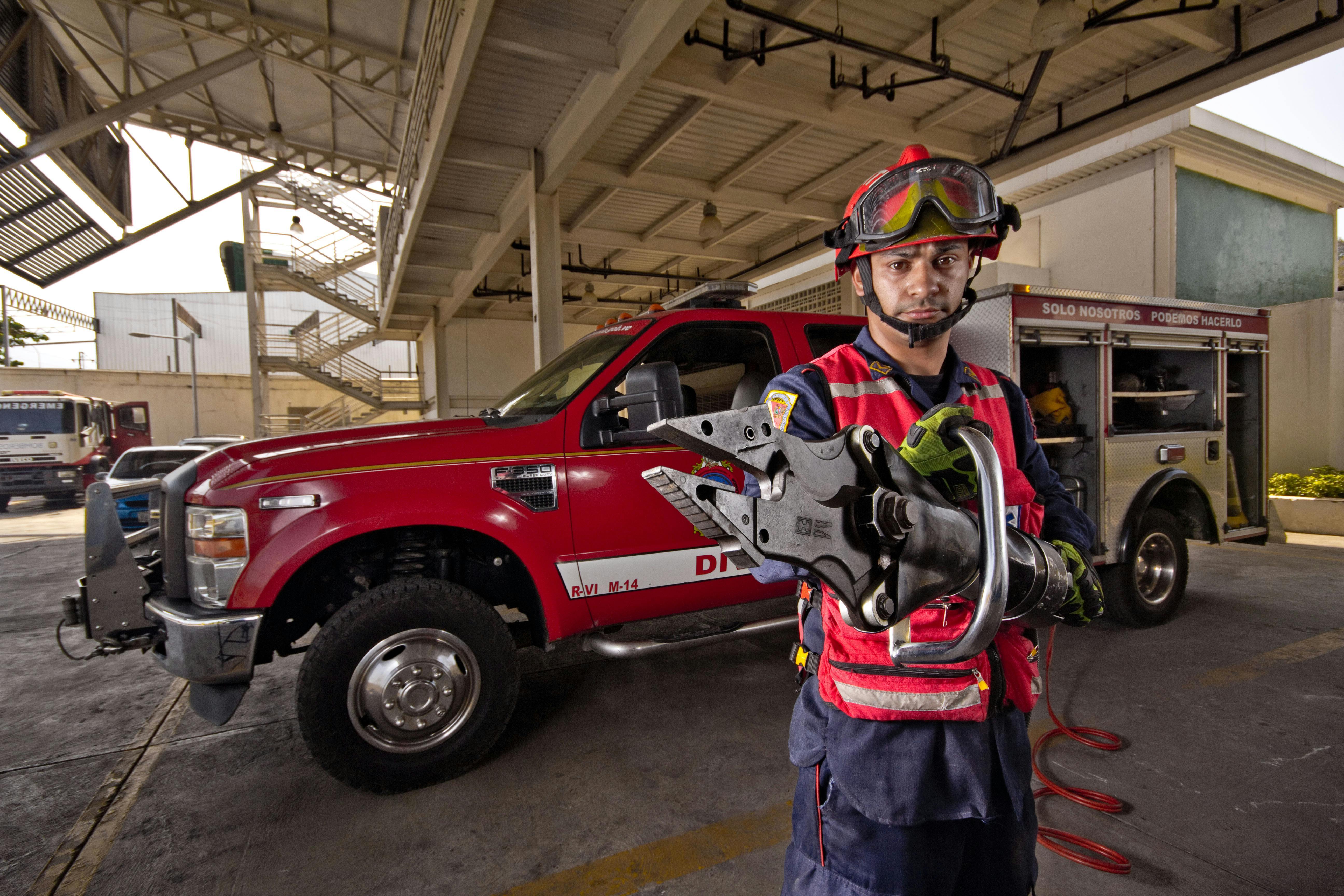
Fire Station Support Equipment
- Volunteer Departments: Focus on essentials—gear racks, washer/extractor machines for turnout gear, and training manikins. Fitness gear and advanced station technology are often limited.
- Career Departments: Larger stations invest in dedicated training facilities, multiple washer-extractors, and full fitness equipment to support firefighter wellness programs.
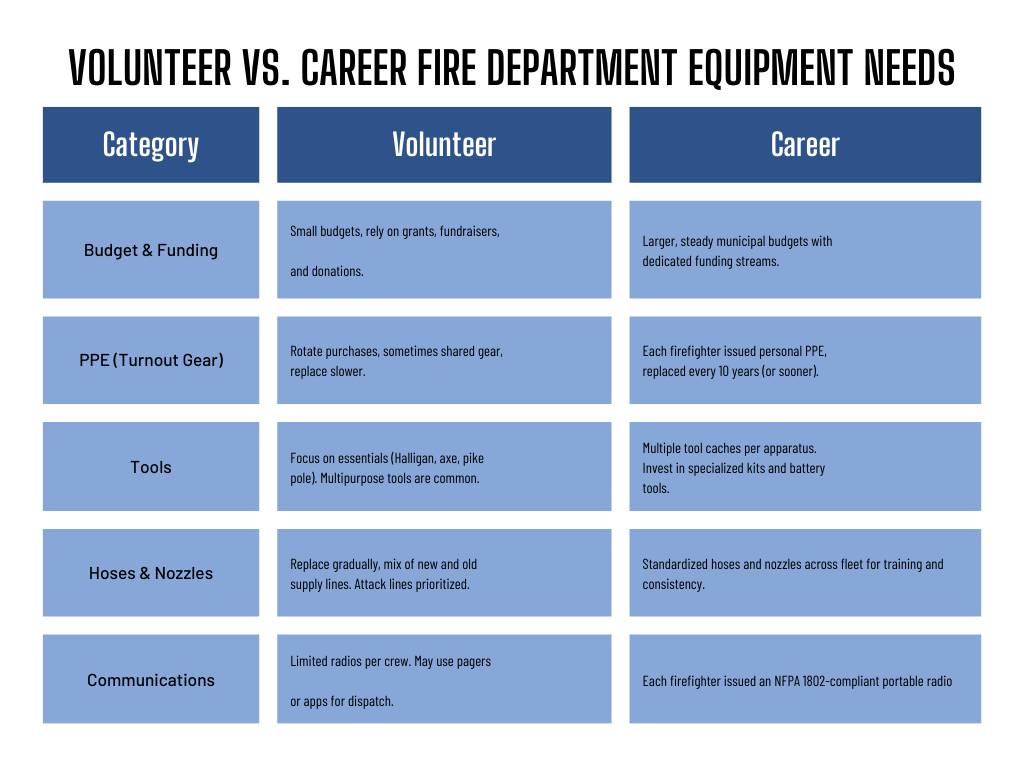
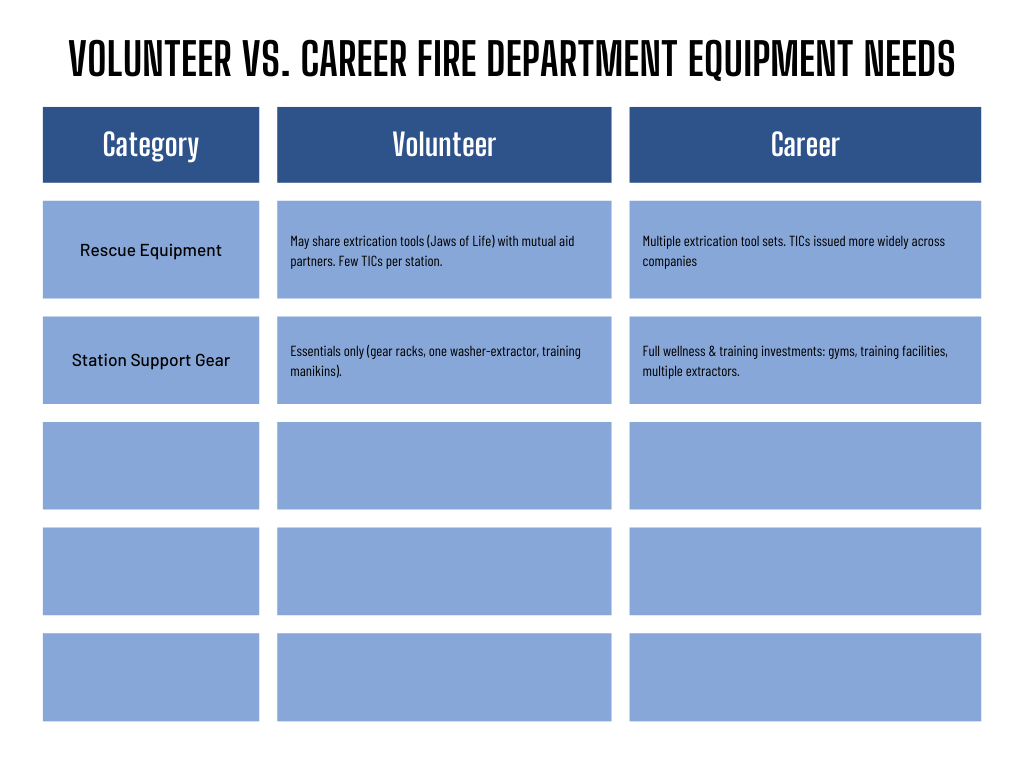
Building Smarter Budgets: Recommendations for Both
- Volunteers:
- Prioritize NFPA-compliant PPE above all else.
- Focus on multi-purpose tools that cover several scenarios.
- Leverage fundraising, grants, and surplus equipment programs.
- Career Departments:
- Standardize tools and equipment across companies for consistency.
- Invest in advanced tech upgrades (TICs, NFPA 1802 radios, battery-powered extrication).
- Plan shorter replacement cycles to maximize safety and efficiency.
Final Thoughts: Different Paths, Same Goal
Whether you’re a small volunteer fire station or a large municipal department, your equipment needs may look different—but the mission is always the same: keep firefighters safe and ready for every call.
At FirePenny, we help both volunteer and career departments make smarter purchasing decisions by providing trusted NFPA-compliant gear at competitive prices.
Shop PPE, tools, hoses, and radios for every type of department at FirePenny.com.







